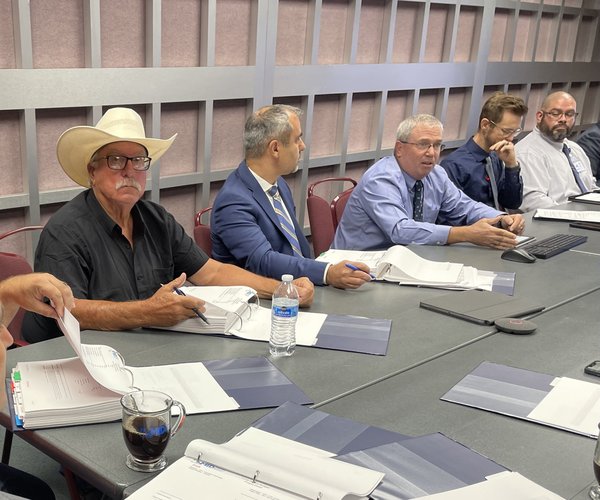As dry conditions persist locally and throughout California for a second straight year, Gov. Gavin Newsom on Wednesday declared a drought emergency — but only in two of the state’s counties.
Local legislators call for statewide drought emergency





